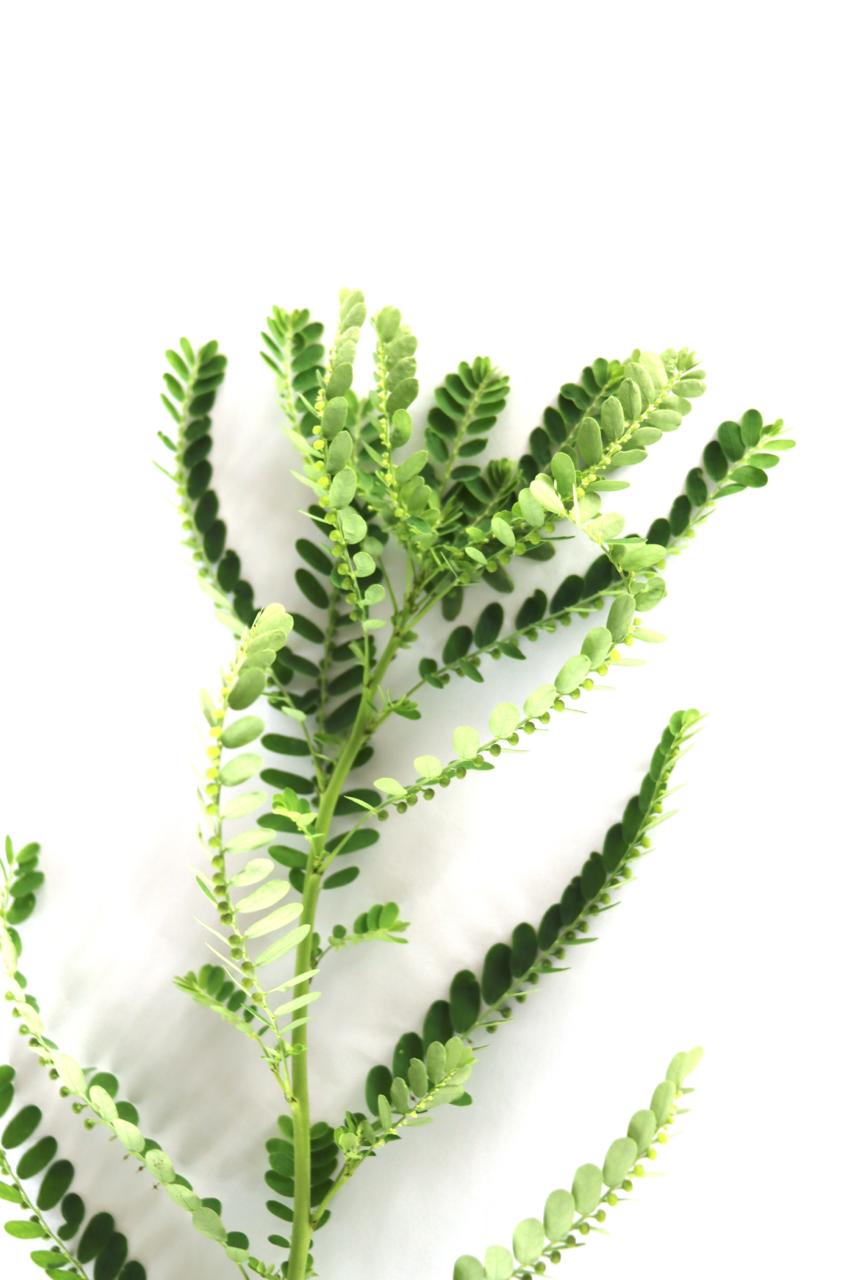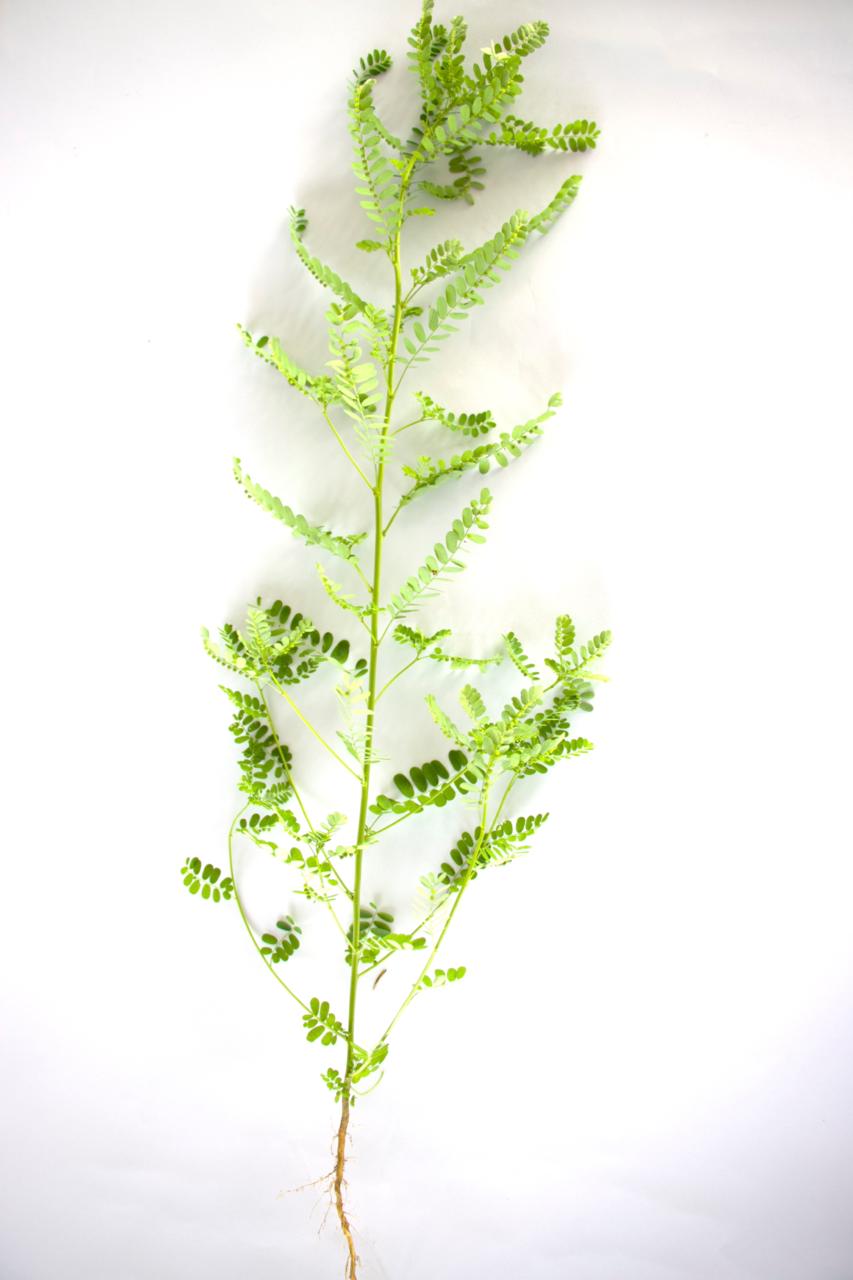

Identification Notes




EPPO CodePYLNI |
Life CycleAnnual |
MorphologyStem: Erect, slender, branched from the base, glabrous. Leaves: Simple, alternate, petiole minute. Flower: Short stalked, minute. Fruit: A capsule |
Growing seasonRabi and Kharif |
Germination periodJanuary to December |
Flowering periodJanuary to December |
PropagationBy Seed |
HabitatFound in the fields of aus rice, jute, broadcast aman rice and rabi crops. Also found in roadsides, levee of crop fields and fallow lands. It is a pioneer species and is one of the first to appear at the start of the rainy season. It grows in wet soils and mature plants tolerate complete flooding for several years without injury. |
Weed potentialIn India, P. niruri is most frequently reported in rice, maize, cassava, sorghum, beans and in dry land crops. In Bangladesh and India it is reported as a common weed of sugarcane and jute. In Nepal it is reported as a weed of rice fields and sugarcane. |
Control measureManual weeding and/or Chemical control |
Recommended herbicideOxadiargyl / Pendimethalin/ MSMA plus / 2,4-D are effective to control |
DistributionPantropical in distribution, it is believed to have originated in tropics of Asia |
Medicinal propertiesTraditional used to treat jaundice, diarrhoea, dyspepsia, genitourinary infectionsand renal stones. In Brazil, where the plant is known as‘Chanca Piedra’ or ‘stone breaker’. |
References- |